SSZTAI0 january 2017 DRV2511-Q1 , DRV2605L-Q1 , DRV2700
According to a survey by the AAA Foundation for Traffic Safety, adult drivers spend up to 58 minutes a day in their cars. So it’s no surprise that with all that time spent commuting to work or stuck in traffic, drivers want the most enjoyable in-car experience possible. Car manufacturers are continually packing in more features to improve the driver experience.
In this post, I’ll discuss ways to integrate some the most innovative features into cars, including haptic-feedback touch screens, knob replacement, smart glass and driver-notification applications.
Integrated Haptic Touch Screens
Figure 1 shows the current needed to drive a typical solenoid at 15V; the peak current is 2A. Depending on the weight of the mass being moved, solenoids could require a peak charging current up to 6A or more.
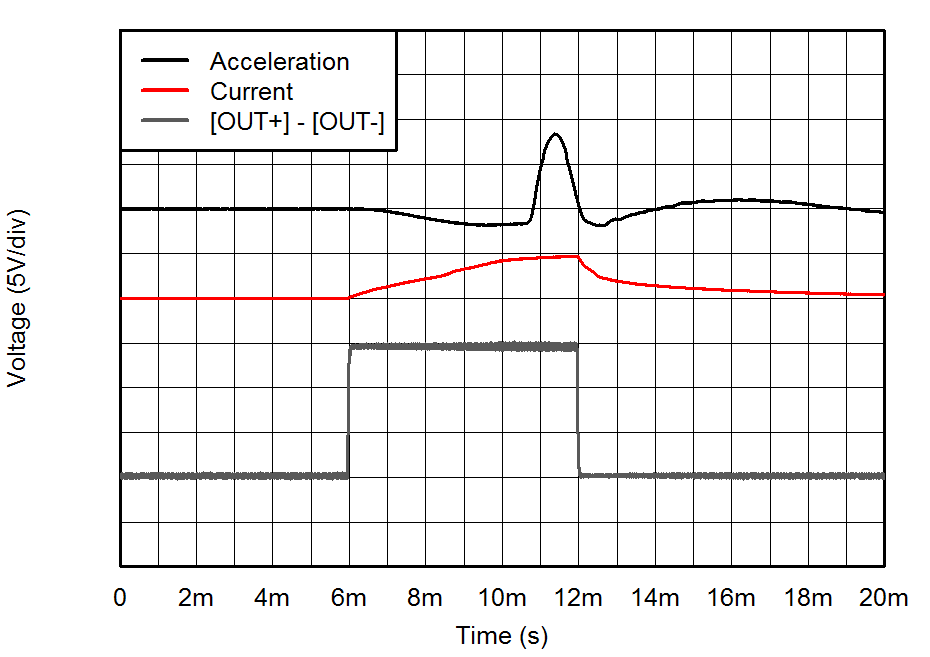 Figure 1 Solenoid Acceleration Graph: Acceleration = 5.85G/div; Current = 2A/div; Voltage = 5V/div
Figure 1 Solenoid Acceleration Graph: Acceleration = 5.85G/div; Current = 2A/div; Voltage = 5V/divKnob Replacement
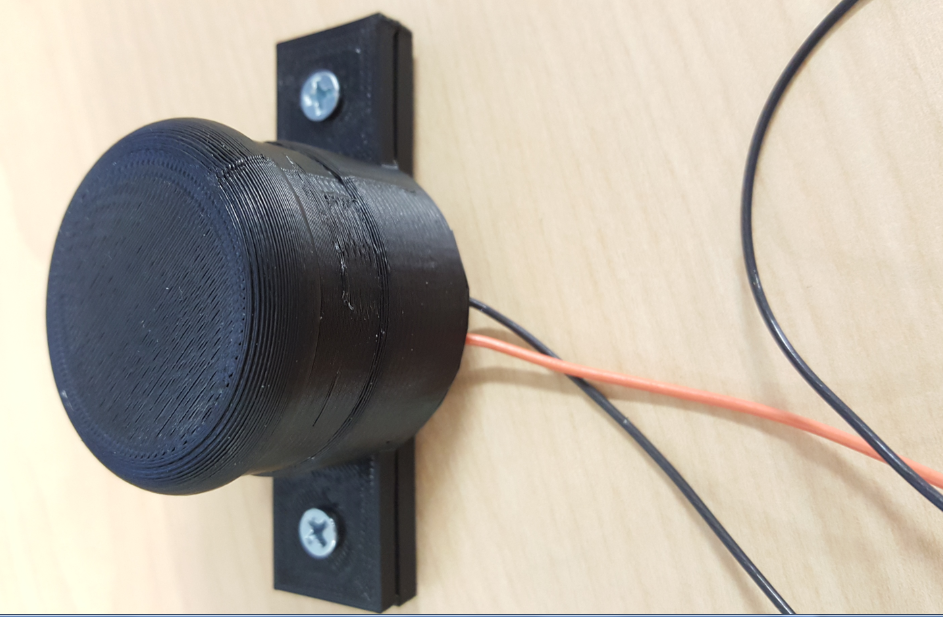
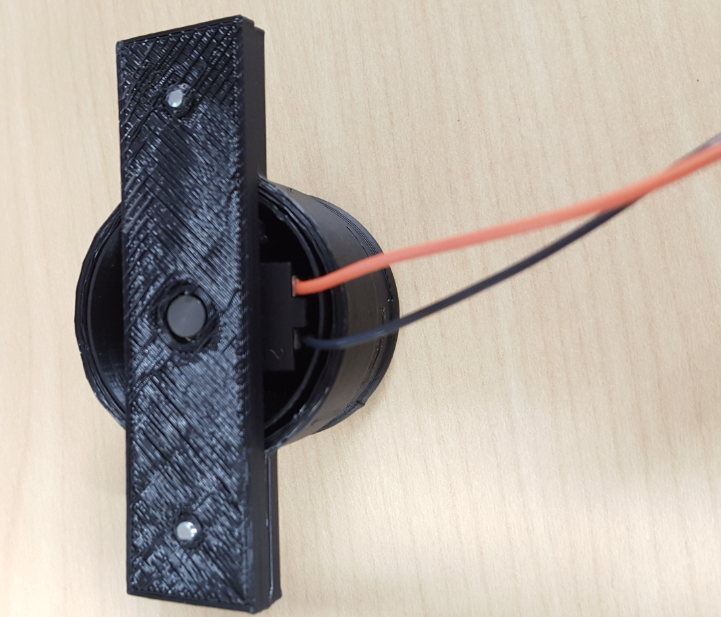 Figure 2 3D Printed Solenoid Knob
Figure 2 3D Printed Solenoid KnobSmart Glass
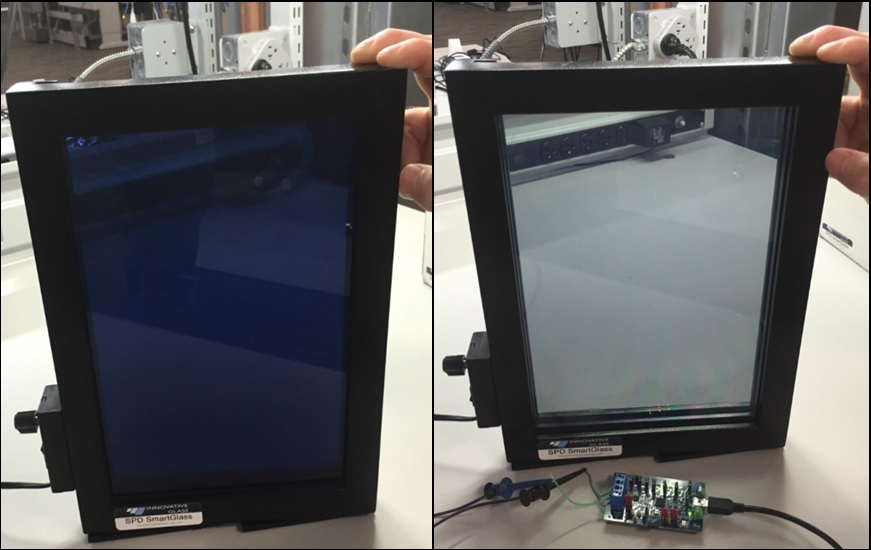 Figure 3 Side-by-side Image of Glass Changing Colors
Figure 3 Side-by-side Image of Glass Changing ColorsDriver Notification
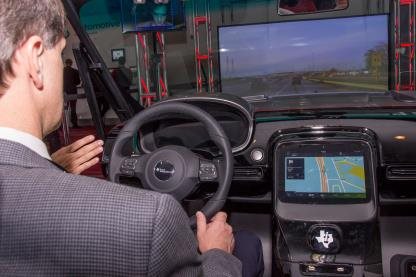 Figure 4 TI’s EvoCar Demo from CES 2016
Figure 4 TI’s EvoCar Demo from CES 2016While I’ve covered four different features, many more are in development to help drivers get the most out of their experience. Whether you are looking to update knobs to lower replacement costs and extend life spans or incorporate luxurious smart glass to increase driver privacy, TI has solutions to help bring your designs to life. Be sure to explore the TI Designs library for more automotive reference designs.
Additional Resources
- Learn more about designing with haptic feedback.
- Watch this training series to learn why an electrical system should be matched to an actuator.
- Review important factors to consider when choosing haptic feedback in this blog series: Eight things to consider when choosing haptic feedback – part 1 and Eight things to consider when choosing haptic feedback – part 2. http://e2e.ti.com/blogs_/b/analogwire/archive/2016/08/18/eight-things-to-consider-when-choosing-haptic-feedback-part-2
- Interested in learning how a linear resonant actuator works? Click to read a post from one of our customers.
- Learn more about TI haptic drivers.